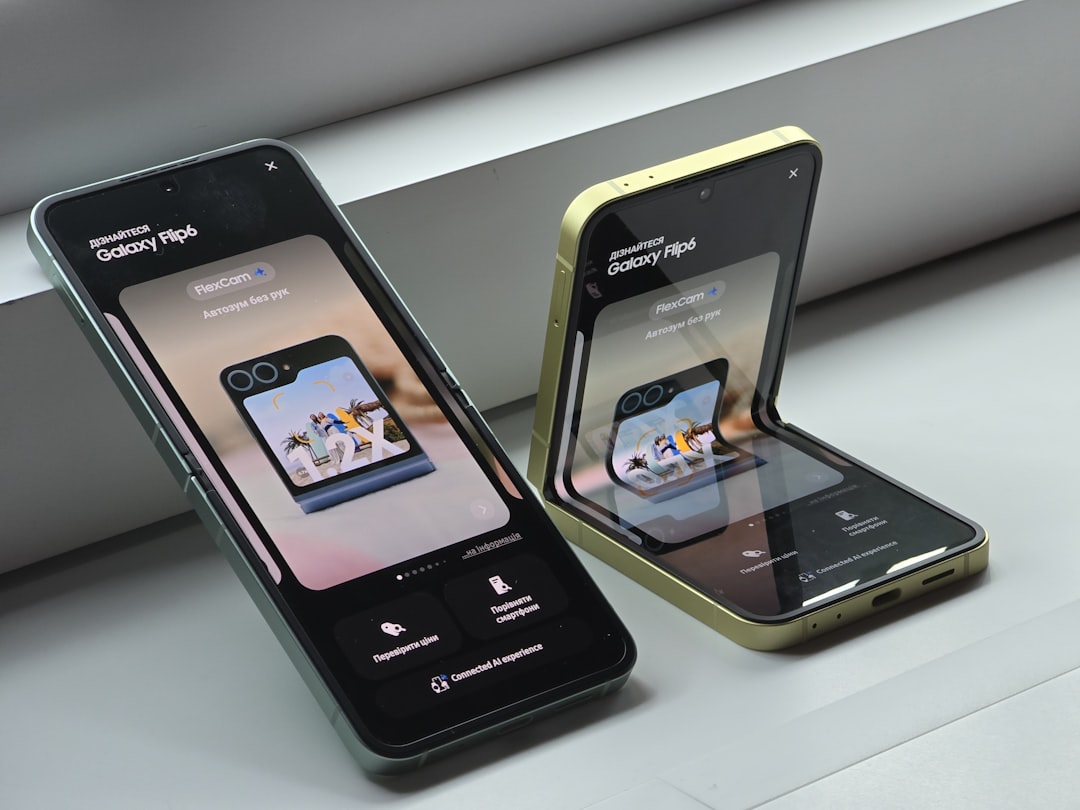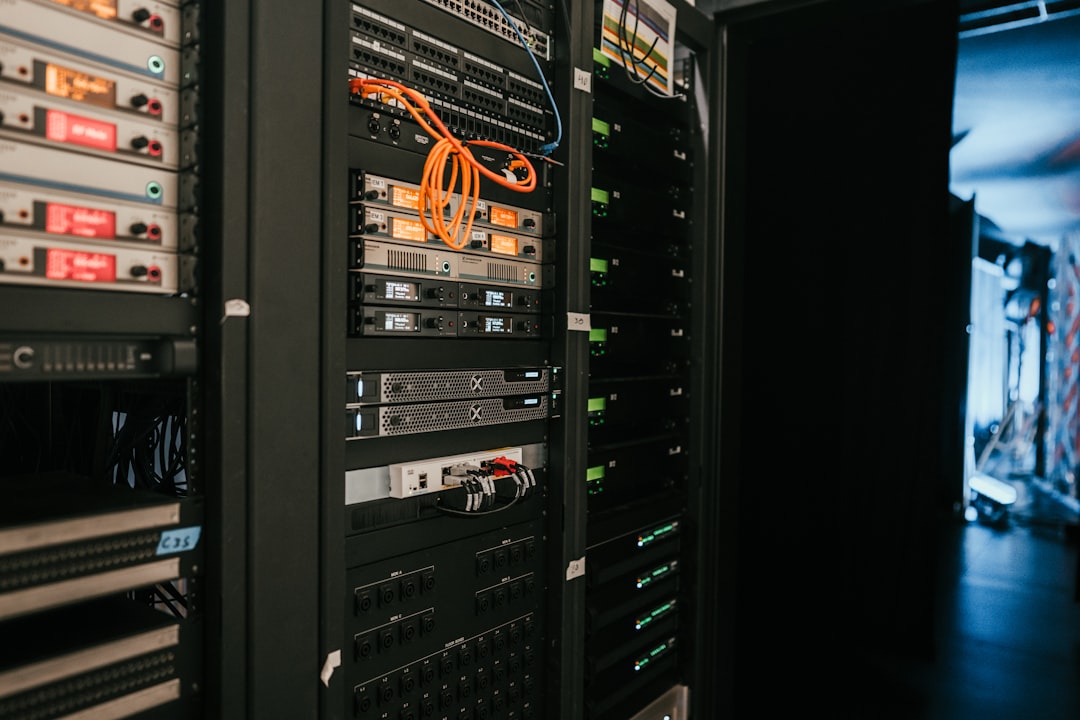In our increasingly digital world, understanding how data is measured can make a big difference when choosing a new smartphone, computer, or cloud storage plan. We encounter terms like GB, TB, and PB all the time, but what do these memory sizes really represent? Whether you’re uploading vacation photos, installing a new game, or backing up your files, knowing the difference between these storage units can help you make smarter decisions.
Let’s break down the basics and simplify what these measurements mean and how they impact our digital lives.
What Is a Byte?
Before diving into gigabytes and beyond, it helps to start with the smallest building block: the byte. A byte is a unit of digital information that typically consists of eight bits. These bits are like tiny on/off switches (zeros and ones) that combine to store everything from text characters to complex high-resolution videos.
The scale increases quickly as you add more bytes together:
- 1 Kilobyte (KB) = 1,024 bytes
- 1 Megabyte (MB) = 1,024 kilobytes
- 1 Gigabyte (GB) = 1,024 megabytes
- 1 Terabyte (TB) = 1,024 gigabytes
- 1 Petabyte (PB) = 1,024 terabytes
Notice how each unit is 1,024 times the previous one. That’s because we use the binary system in computing, rather than the decimal system. Now let’s explore the heavyweights of memory measurement: GB, TB, and PB.
Gigabyte (GB): The Digital Daily Driver
The gigabyte is the memory unit most familiar to everyday users. When you buy a smartphone with “128 GB” of storage, you’re getting room for plenty of apps, photos, music files, and more.
Here’s what a gigabyte can store approximately:
- About 250 songs (in high-quality MP3 format)
- Around 500 photos (depending on resolution)
- Roughly 1 hour of HD video
- Several apps or lightweight programs
These days, gigabytes are suitable for mobile devices and moderate digital consumption. But as media files get larger and more sophisticated, we quickly find ourselves needing something bigger.

Terabyte (TB): Entering the Big Leagues
When you move into terabyte territory, you’re dealing with serious storage capacity. Hard drives and SSDs for desktops and laptops increasingly offer 1 TB or more, catering to consumers with larger data needs.
One terabyte equals 1,024 gigabytes, which is enough to store:
- 250,000 songs or more than 300 hours of HD video
- Over 500,000 digital photos
- An extensive collection of games, applications, or creative projects
For professionals like video editors and graphic designers who work with large files, a terabyte can fill up quickly. Even gamers who download AAA titles, each taking up 50-100 GB, might find themselves using multiple terabytes in no time.
Cloud services also offer personal storage in TBs. Services like Google Drive, Dropbox, and OneDrive make it easy to expand your digital workspace without needing a physical drive.
Petabyte (PB): The Data Giant
Most of us may never personally use a petabyte of storage in our lives, but it’s a term worth knowing. A petabyte is equal to 1,024 terabytes, or over one million gigabytes. That’s an immense amount of data.
To help visualize it:
- 1 PB can store approximately 13.3 years of HD video
- Roughly 212,000 DVDs could fit into one petabyte
- A library of around 500 billion pages of standard printed text
Petabyte-level storage is typically used in enterprise and scientific environments. For example, major social networks, research institutions like CERN, and large-scale cloud storage platforms operate with petabytes (and even exabytes!) of data.

Remember when Facebook reported storing over 300 petabytes of information in its data warehouses? That’s not surprising when billions of users upload photos, share videos, and send messages every day.
Where These Units Show Up in Real Life
To connect all this to tangible scenarios, let’s look at where GB, TB, and PB units appear in real life:
- Smartphones: Typically range between 64 GB and 512 GB of internal storage
- Laptops and PCs: Often have 512 GB to 2 TB SSDs
- External Drives: Commonly available in sizes ranging from 1 TB to 8 TB
- Home NAS Systems: Network-attached systems for enthusiasts might offer 10-20 TB
- Cloud Storage: Services allow users to rent storage space scaling from GBs to PBs
Meanwhile, companies that rely heavily on analytics—like Netflix, YouTube, and Amazon—harvest, process, and store data on a scale unimaginable to the average user. Their operations hinge on petabyte-level infrastructure.
How Fast Is Storage Growing?
Technology is evolving fast. A decade ago, a 16 GB flash drive was enough for most needs. Now, with 4K video, high-fidelity games, and enormous datasets being created every second, the bar keeps rising. Storage technologies are rising to meet these demands with NVMe SSDs, cloud storage, and large-capacity drives becoming more affordable and widely available.
Experts predict that consumers will have access to multiple terabytes on handheld devices in the near future. As AI and streaming services demand higher-quality data in real time, even petabyte storage may become more mainstream.
Quick Comparison Chart
| Unit | Equivalent | Common Usage |
|---|---|---|
| 1 GB | 1,024 MB | Smartphones, videos, apps, small file storage |
| 1 TB | 1,024 GB | High-capacity drives, cloud storage, backups |
| 1 PB | 1,024 TB | Corporations, data centers, research institutions |
Final Thoughts: Size Does Matter
Understanding GBs, TBs, and PBs is more than just a technical curiosity—it’s vital to managing the data-driven aspects of modern life. Whether you’re a casual user trying to decide how much storage your next laptop should have or a small business planning for cloud infrastructure, you’ll benefit from being literate in digital units of measurement.
These benchmarks also put into perspective how far we’ve come and how quickly we’re advancing into a world where massive storage isn’t a luxury—it’s a necessity. So, the next time you’re shopping for tech, you’ll know exactly how much digital elbow room you’re getting.
